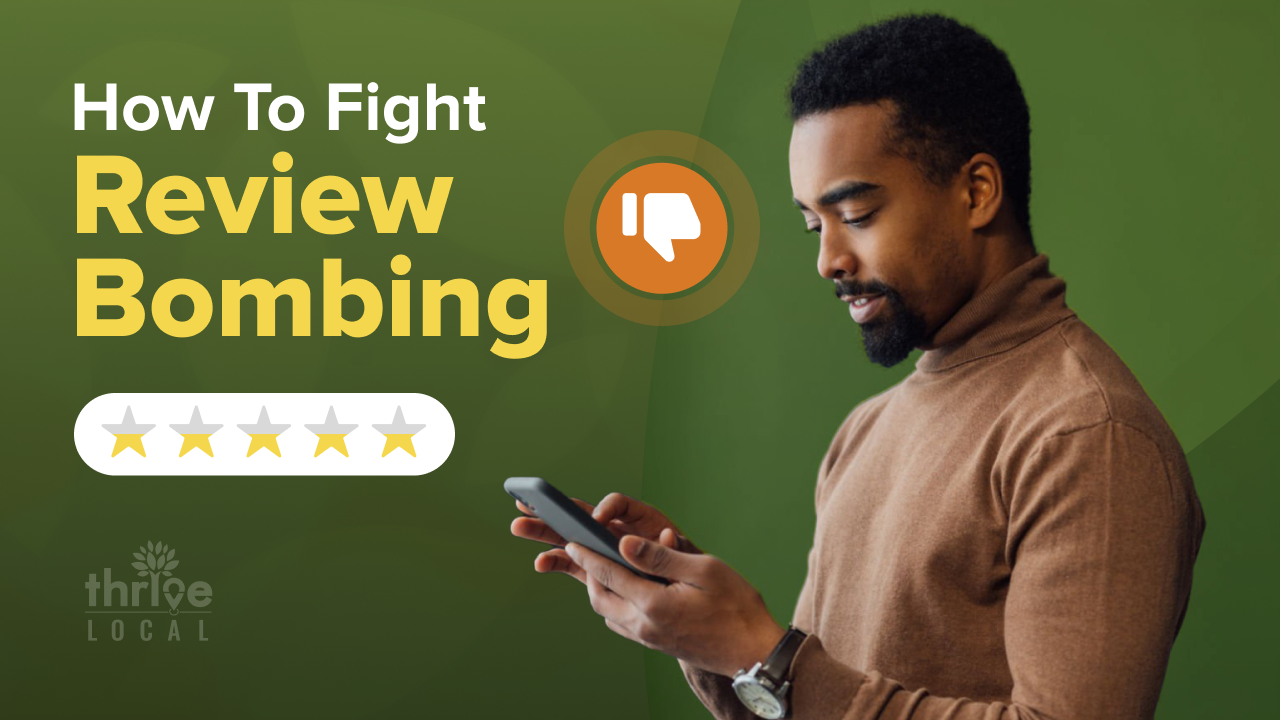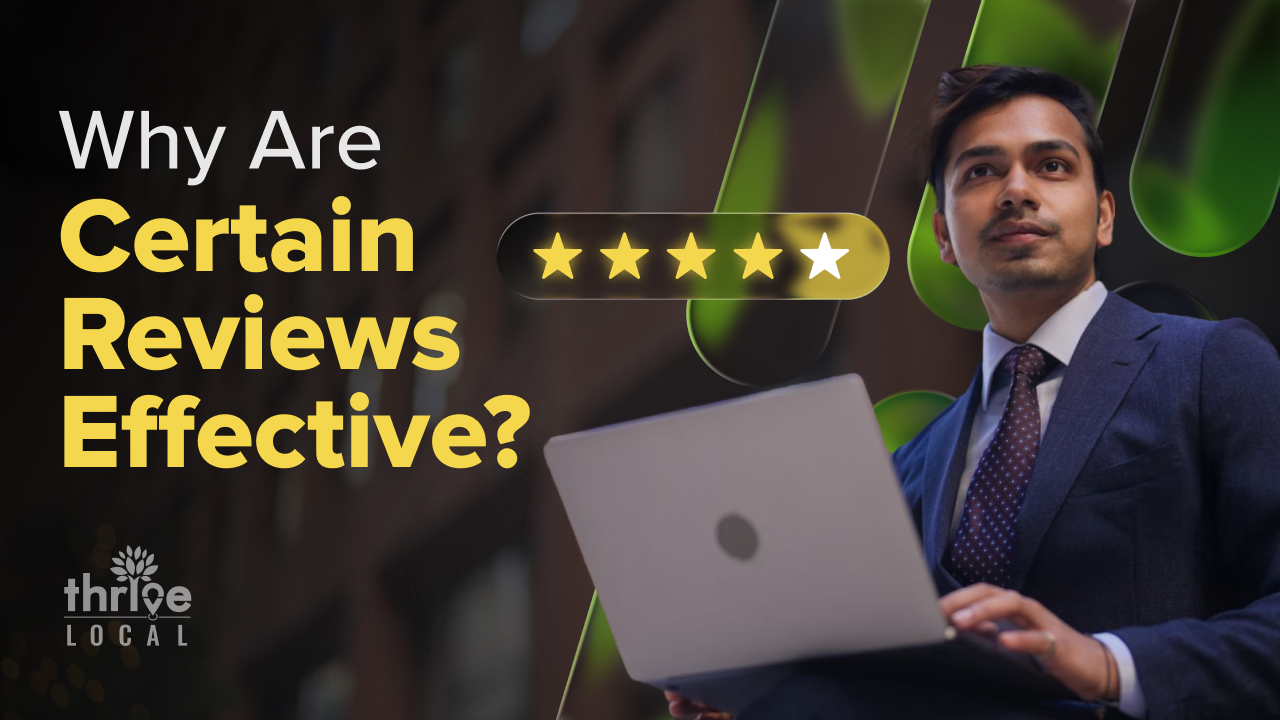Restaurant loyalty programs have evolved from simple reward systems into powerful tools that help improve online reputation. Once designed only to encourage repeat visits, restaurant businesses can now use loyalty programs to generate a steady stream of customer data, helping operators understand what guests value most.
Loyalty programs supply the insights needed to anticipate customer expectations, address dissatisfaction early and amplify positive experiences.
This blog explains how restaurants can use loyalty program data to strengthen their reputation by turning everyday customer interactions into lasting trust and positive public sentiment.
We discuss:
• Loyalty Programs: A Goldmine of Customer Insights
• How Loyalty Data Shapes Better Guest Experiences
• How Loyalty Data Improves Restaurant Reputation
• Practical Restaurant Marketing Strategies for Turning Loyalty Data Into Results
Loyalty Programs: A Goldmine of Customer Insights
Restaurant loyalty programs capture patterns that reveal how customers think and behave. Each transaction contributes to a growing dataset that reveals what keeps guests coming back and what drives them away.
The information gathered from loyalty program data often includes visit frequency, peak dining times, average spend per visit and preferred menu items. Combined with feedback surveys or review links tied to the program, it builds a clear picture of satisfaction levels and service consistency across locations.
For operators, this data becomes a living record of guest sentiment over time. Customer data for restaurants not only shows how often people return, but also how their experience changes with every visit.
How Loyalty Data Shapes Better Guest Experiences
Loyalty program data enables restaurants to tailor each guest’s experience in a way that feels intentional. Studying order history, visit frequency and spending habits helps operators identify what individual customers value most and respond with offers that match their preferences.
According to recent research from Boston Consulting Group, roughly
80% of consumers
globally expect brands to deliver personalized experiences.
Viewed through the lens of restaurant reputation management, loyalty data becomes even more powerful. It enables restaurants to act on patterns. This turns customer insight into meaningful engagement that helps improve restaurant reputation and sustain positive public perception.
How Loyalty Data Improves Restaurant Reputation
Loyalty data enables restaurants to take action before issues arise.
Here are ways businesses can utilize insights to enhance the restaurant customer experience and bolster their reputation:
1. Identify Unhappy Customers Early
Customer data for restaurants enables the identification of dissatisfaction before it becomes apparent in public reviews.
When patterns show a decline in engagement or repeat visits, businesses can intervene with a personalized message, a recovery offer or a direct invitation for private feedback.
2. Encourage Loyal Advocates to Share Their Experiences
The same data that reveals at-risk guests also identifies loyal advocates. Frequent visitors and consistent spenders actively engage with loyalty campaigns, often becoming natural brand promoters.
Encouraging these guests to share their positive online reviews for restaurants helps build credibility and reach new audiences.
3. Build a Balanced Reputation Strategy
Combining early recovery with positive amplification creates a sustainable reputation strategy.
Restaurants must protect their image by resolving complaints before they escalate, while amplifying the voices of their happiest customers. The result is a culture built on responsiveness, transparency and genuine customer advocacy that helps improve restaurant reputation over time.
5 Practical Restaurant Marketing Strategies for Turning Loyalty Data Into Results
Turning loyalty data into measurable improvements requires a structured approach.
Here’s how businesses can leverage restaurant loyalty programs to implement practical strategies that convert customer information into tangible results:
1. Gather Valuable Data
Restaurants need to collect the correct customer data based on their goals. When the focus is on customer retention for restaurants, feedback and visit frequency become essential metrics for understanding guest satisfaction and repeat behavior.
On the other hand, brands looking to strengthen local marketing may place greater value on geographic information. The key is to gather data that directly supports both operational improvements and long-term marketing decisions.
For restaurants unsure where to start, Tim Clarke, Team Lead at Thrive Local, recommends collecting a customer’s
name, email address, phone number and location
. These simple data points create a strong foundation for meaningful customer relationships that drive loyalty and improve restaurant reputation through consistent engagement.
2. Unify Data Systems
Loyalty platforms are most effective when connected to other core business systems. Integrating data from point-of-sale systems, review tools, and customer relationship management software provides restaurants with a comprehensive picture of guest behavior.
“The most valuable systems to connect include online ordering systems, billing systems, QR codes inside the restaurant, marketing communications and website info,” said Clarke.
The above-mentioned integrations ensure that every customer interaction contributes to a single, reliable source of insight. This enables restaurants to make informed decisions that enhance both service and reputation.
3. Automate Customer Follow-Ups
Automation helps restaurants maintain consistent communication without overwhelming staff.
Well-timed follow-ups can thank guests for positive feedback, acknowledge special occasions, or address negative survey responses in real-time. This type of outreach fosters reliability and strengthens the connection between the brand and its customers, allowing staff to focus on in-person service.
Automation works best when it feels personal.
“Use the customer’s first name and refer to past orders or even their specific location when possible,” Clarke said.
Small touches can make automated messages feel genuine and tailored, helping create a more personalized restaurant customer experience. They transform routine communication into meaningful interactions.
4. Keep Personalization Professional
Personalization strengthens communication, but too much familiarity can make guests uncomfortable. The right balance helps restaurants build trust while maintaining a professional image. Consistent tone and branding are essential to achieving that balance.
“Use the same tone and branding guidelines as all customer communications. Keeping messages aligned with the brand voice ensures they feel natural and respectful,” Clarke said.
Maintaining consistency helps restaurants deliver personalization that feels genuine. It builds guest comfort and reinforces a sense of trust that keeps customers coming back.
5. Review Trends and Adjust Strategy
Tracking customer data helps guide menu updates, promotions and staffing decisions. Regular analysis enables restaurants to respond to customer needs with precision, rather than relying on assumptions.
“Reviewing loyalty data two to four times a year is usually enough to identify meaningful trends,” Clarke said.
“This cadence keeps insights current without overwhelming staff and ensures that decisions are based on relevant information.”
Consistent attention to restaurant marketing analytics helps businesses adapt quickly. Over time, this data-driven approach creates a more responsive operation that keeps customers returning and engaged.
Loyalty Data Is a Reputation Asset
Loyalty data serves as a powerful reputation asset that helps restaurants protect their relationship with customers. Each data point represents an opportunity to prevent dissatisfaction and inspire the kind of advocacy that builds long-term trust. When used strategically, loyalty insights transform everyday transactions into lasting impressions that strengthen public perception.
Thrive Internet Marketing Agency helps restaurants use loyalty data to build stronger connections and enhance their online reputation. Through local SEO, review generation, online reputation management and review monitoring services, we provide the tools and expertise needed to turn customer insights into strong brand credibility.
Take the next step toward a trusted reputation. Partner with Thrive today to turn your loyalty data into meaningful results. Contact us today.
Frequently Asked Questions (FAQs) About Using Restaurant Loyalty Programs to Boost Reputation
HOW DO LOYALTY PROGRAMS SUPPORT RESTAURANT MARKETING STRATEGIES?
Loyalty programs turn guest data into actionable insights. Restaurants can use participation trends, spending patterns and visit frequency to shape campaigns that attract repeat customers and increase lifetime value.
WHAT ROLE DOES LOYALTY DATA PLAY IN RESTAURANT REPUTATION MANAGEMENT?
Loyalty data helps restaurants identify satisfaction trends before they appear in public feedback. Monitoring visit patterns allows managers to address service issues privately, reducing the risk of negative online reviews for restaurants.
HOW CAN RESTAURANTS USE CUSTOMER DATA TO IMPROVE THE OVERALL RESTAURANT CUSTOMER EXPERIENCE?
Customer data for restaurants provides direct insight into what guests appreciate most. Tracking preferences helps personalize interactions and design promotions that align with guest expectations.
HOW DO ONLINE REVIEWS FOR RESTAURANTS CONNECT TO LOYALTY DATA?
Loyalty members who engage frequently often leave more authentic reviews. Linking loyalty data to review platforms enables restaurants to identify which customer segments are most vocal online and how their satisfaction scores impact the brand’s public image.
HOW CAN RESTAURANTS ENSURE CUSTOMER DATA IS HANDLED SECURELY?
Protecting customer data requires transparency and strong data policies. Restaurants should use encrypted systems, limit data access to authorized staff and clearly communicate how guest information is used within their loyalty program.
CAN LOYALTY DATA IMPROVE MARKETING BEYOND PROMOTIONS AND DISCOUNTS?
Yes. Loyalty insights reveal guest motivations that go beyond pricing. Restaurants can use these patterns to refine menu design, improve service timing and craft marketing messages that reflect their brand values, supporting effective restaurant reputation management efforts in the process.
WHY IS A LONG-TERM DATA STRATEGY IMPORTANT FOR RESTAURANTS?
A long-term data strategy ensures loyalty insights continue to support both marketing and operations. When customer data is reviewed regularly, it becomes a foundation for growth and stronger customer retention for restaurants.
WHAT STEPS CAN RESTAURANTS TAKE TO IMPROVE CUSTOMER RETENTION USING LOYALTY DATA?
Businesses can strengthen customer retention for restaurants by using loyalty insights to re-engage guests who have not visited recently. Personalized incentives, milestone rewards and targeted feedback requests remind customers that their loyalty is valued and encourage repeat visits.
WHY ARE ADVANCED RESTAURANT MARKETING ANALYTICS IMPORTANT FOR LOYALTY PROGRAMS?
Advanced restaurant marketing analytics are crucial for transforming loyalty data into a strategic action plan. With accurate analytics, operators can make informed decisions that strengthen both loyalty and overall business growth.








